PPT-Why Picture Books
Author : marina-yarberry | Published Date : 2017-06-13
Picture books are non threatening shorter pictures Picture books are focused Picture books set a purpose for learning Picture books provide a common knowledge background
Presentation Embed Code
Download Presentation
Download Presentation The PPT/PDF document "Why Picture Books" is the property of its rightful owner. Permission is granted to download and print the materials on this website for personal, non-commercial use only, and to display it on your personal computer provided you do not modify the materials and that you retain all copyright notices contained in the materials. By downloading content from our website, you accept the terms of this agreement.
Why Picture Books: Transcript
Download Rules Of Document
"Why Picture Books"The content belongs to its owner. You may download and print it for personal use, without modification, and keep all copyright notices. By downloading, you agree to these terms.
Related Documents

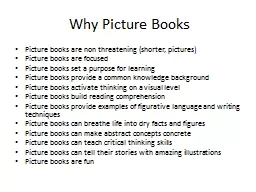
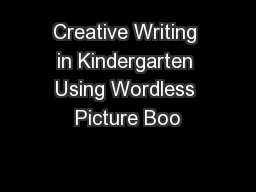

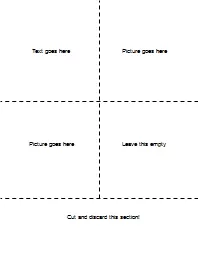


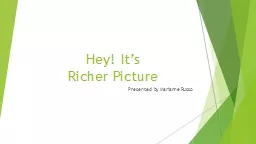
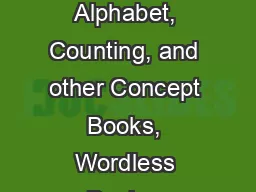
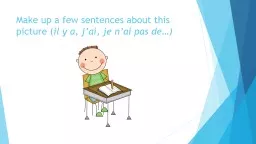

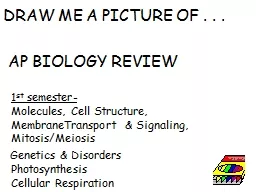
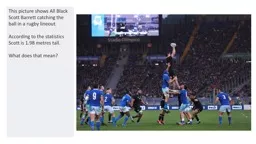
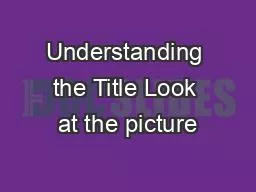
![[BOOK]-Status: Why Is It Everywhere? Why Does It Matter?: Why Is It Everywhere? Why Does](https://thumbs.docslides.com/956296/book-status-why-is-it-everywhere-why-does-it-matter-why-is-it-everywhere-why-does-it-matter.jpg)